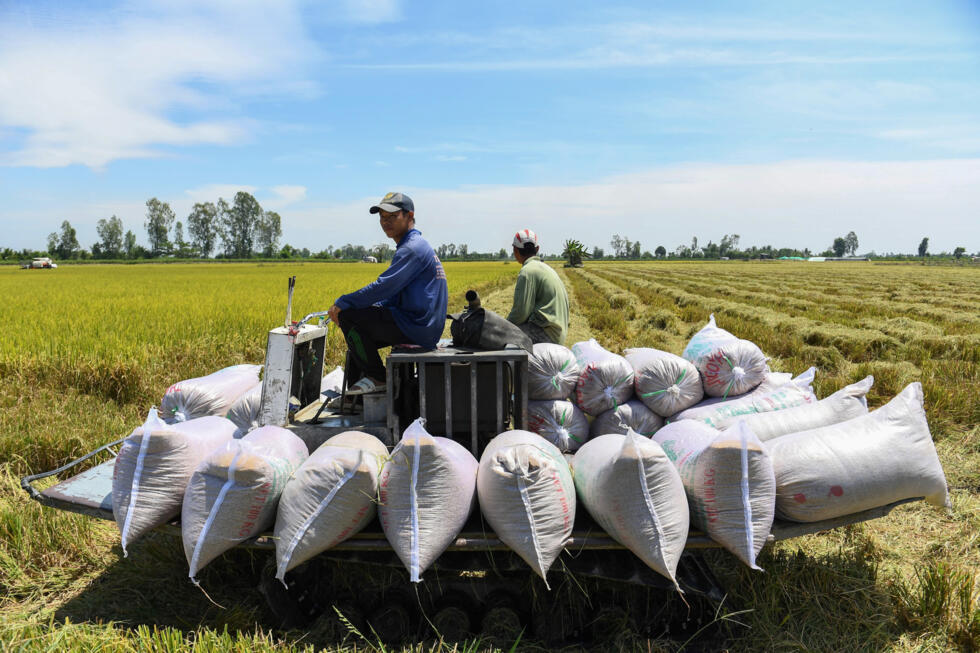Rome, Italy — The Food and Agriculture Organization of the United Nations (FAO) released a new Cereal Supply and Demand Brief on Friday, with revised estimates for 2024 and fresh insights on cropping conditions and prospects for 2025.
FAO’s latest forecast for 2025 wheat production is pegged at 795 million tons, on par with the previous year. Prospects point to a record output in Asia, buoyed by India and Pakistan, improved conditions in southern Europe and North Africa, along with stable production in Canada and the Russian Federation. However, rainfall deficits in northern Europe and the Near East and drought concerns in the United States of America are weighing on the overall prospects.
Harvesting of the 2025 coarse grain crops is beginning in the southern hemisphere, with maize output expected to increase in Brazil and South Africa. In the northern hemisphere, early expectations point to a 5 percent expansion in coarse grain plantings in the United States of America.
Meanwhile, FAO has slightly revised downward its estimate for global cereal production in 2024 to 4 848 million tons, even as global rice output in 2024/25 will likely expand by 1.5 percent to reach record high of 543.6 million tons.
FAO’s new forecast for world cereal utilization in 2024/25 stands at 2 870 million tons, a 1.0 percent increase over the 2023/24 level, driven by expectations of higher feed use of maize in China and the Russian Federation, along with increased rice consumption in various African countries.
World cereal stocks are now predicted to decline by 1.9 percent to 868.2 million tons by the close of the 2025 seasons, driving down FAO’s forecast for the world cereal stocks-to-use ratio in 2024/25 to 29.9 percent – still considered to be in a comfortable buffer zone .
FAO has slightly reduced its forecast for world cereal trade in 2024/25 to 478.6 million tons, which would mark a 6.8 percent contraction from 2023/24 and the lowest level since 2019/20. Global trade in coarse grains is forecast to contract even faster, due largely to lower demand from China and smaller exportable maize supplies in Brazil. International trade in rice is now seen increasing by 1.2 percent to a new record high of 60.4 million tons.








